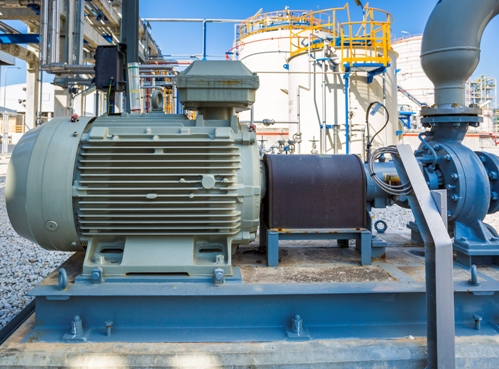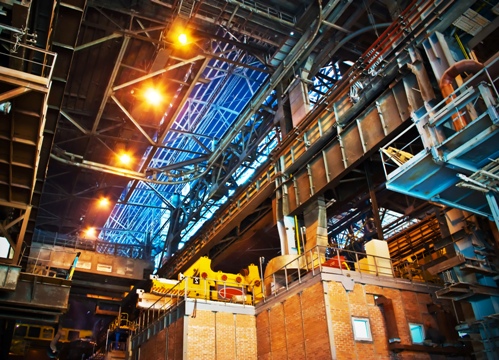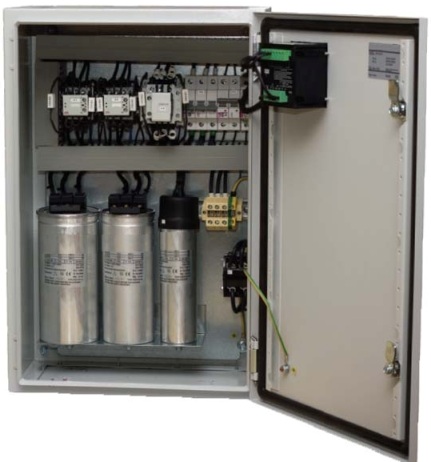Reactive power compensation methods in power supply systems
Reactive power is the part of the total power that goes to support electromagnetic processes in loads that have inductive and capacitive reactive components.
Reactive power itself is not used to do any useful work, unlike active power, however, the presence of reactive currents in the wires leads to their heating, that is, power losses in the form of heat, which forces the supplier of electricity to provide the user with increased full power. Meanwhile, in accordance with the order of the Ministry of Industry and Energy of the Russian Federation No. 267 of October 4, 2005, reactive power is classified as technical losses in electrical networks.
But electromagnetic fields always arise during normal operating modes of a huge number of varieties of electrical equipment: fluorescent lamps, electric motors for various purposes, induction installations, etc.— all such loads not only consume useful active power from the network, but also cause the appearance of reactive power in extended circuits.
And although without reactive power, many consumers containing tangible inductive components could not operate in principle, as they need reactive power as a fraction of total power, reactive power is often reported as a harmful overload in relation to power grids.

Reactive power damage without compensation
In general, when the amount of reactive power in the network becomes significant, the network voltage decreases, this condition is very characteristic of power systems with a deficit of the active component — the network voltage is always below the nominal . And then the missing active power comes from neighboring power systems where an excessive amount of electricity is currently being generated.
But such systems, which always require replenishment at the expense of neighbors, in the end always turn out to be inefficient, and after all, they can easily become efficient, it is enough to create conditions for generating reactive power right on the spot, in specially adapted compensating devices selected for active-reactive loads this power system.
The fact is that reactive power does not have to be generated in a power plant by a generator; instead, it can be obtained in compensating installation (in capacitor, synchronous compensator, in static reactive power source) located in the substation.
Reactive power compensation today is not only an answer to questions about energy saving and how to optimize network loads, but also a valuable tool to impact the economics of enterprises. After all, the final price of any manufactured product is formed, not least, by the electricity consumed, which, if reduced, will reduce production costs. This is the conclusion reached by auditors and energy specialists, which has led many companies to resort to the calculation and installation of reactive power compensation systems.

To compensate the reactive power of an inductive load — choose a certain capacitance capacitorAs a result, the reactive power consumed directly by the network decreases, it is now consumed by the capacitor. In other words, the power factor of the user (with a capacitor) increases.
Active losses now become no more than 500 mW per 1 kVar, while the moving parts of the installations are absent, there is no noise, and the operating costs are negligible. The capacitors can be installed in principle at any point of the electrical network and the compensation power is selected individually. Installation is carried out in metal cabinets or in a desktop version.
Reactive power compensation methods in power supply systems
Depending on the scheme of connecting capacitors to the consumer, there are several types of compensation: individual, group and centralized.
-
With individual compensation, the capacitors (capacitor) are connected directly to the place of occurrence of reactive power, that is, their own capacitor (s) — to an asynchronous motor, separately — to a gas discharge lamp, individual — to a welding machine , personal capacitor — for induction furnace, for transformer, etc. d. Here, the supply wires to each particular consumer are unloaded from the reactive currents.
-
Group compensation implies the connection of a common capacitor or a common group of capacitors to several consumers with significant inductive components at once. In this case, the constant simultaneous operation of several consumers is related to the circulation of the total reactive energy between consumers and capacitors. The line supplying electricity to a group of consumers will be unloaded.
-
Centralized compensation involves the installation of capacitors with a regulator in the main or group distribution board. The regulator estimates in real time the current reactive power consumption and quickly connects and disconnects the required number of capacitors. As a result, the total power consumed by the network is always minimized in accordance with the instantaneous value of the reactive power required.

Each installation for compensation of reactive power includes several branches of capacitors, several stages, which are formed individually for a particular electrical network, depending on the intended consumers of reactive power. Typical step sizes: 5; ten; twenty; thirty; 50; 7.5; 12.5; 25 sq.
To obtain large steps (100 or more kvar), several small ones are combined in parallel.As a result, network loads are reduced, inrush currents and accompanying disturbances are reduced. In networks with a large number of higher harmonics of the mains voltage, the capacitors of compensating installations are protected by chokes.
Advantages of reactive power compensation
Automatic compensating installations give a number of advantages to the network equipped with them:
-
reducing the load on transformers;
-
simplification of the requirements for the cross-section of wires; allow a greater load on the electrical networks than is possible without compensation;
-
eliminating the reasons for reducing the network voltage, even if the user is connected to long wires;
-
increasing the efficiency of mobile liquid fuel generators;
-
facilitate the starting of electric motors;
-
automatically boosts cos phi;
-
remove reactive power from the lines;
-
stress relief;
-
improve control over network parameters.
